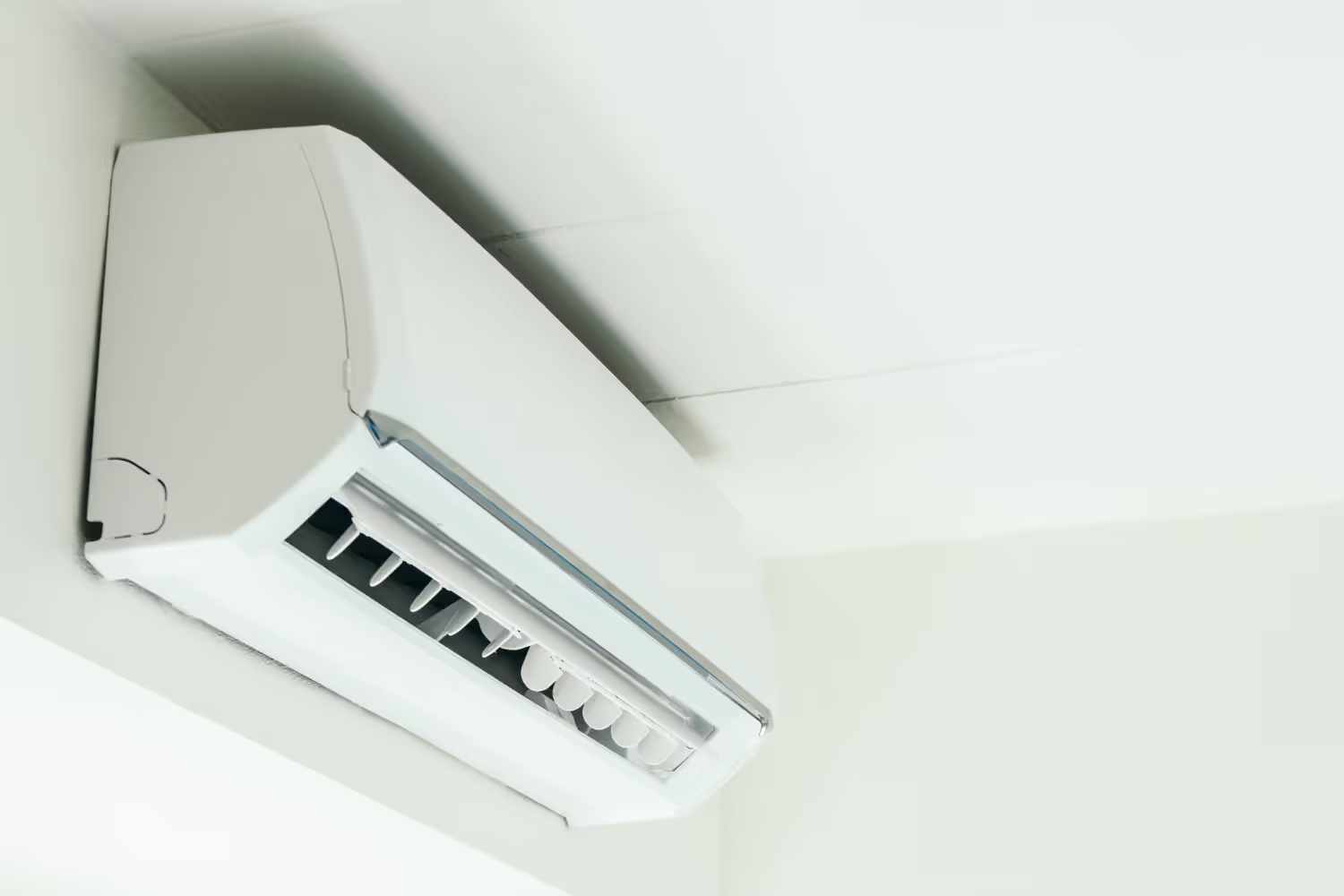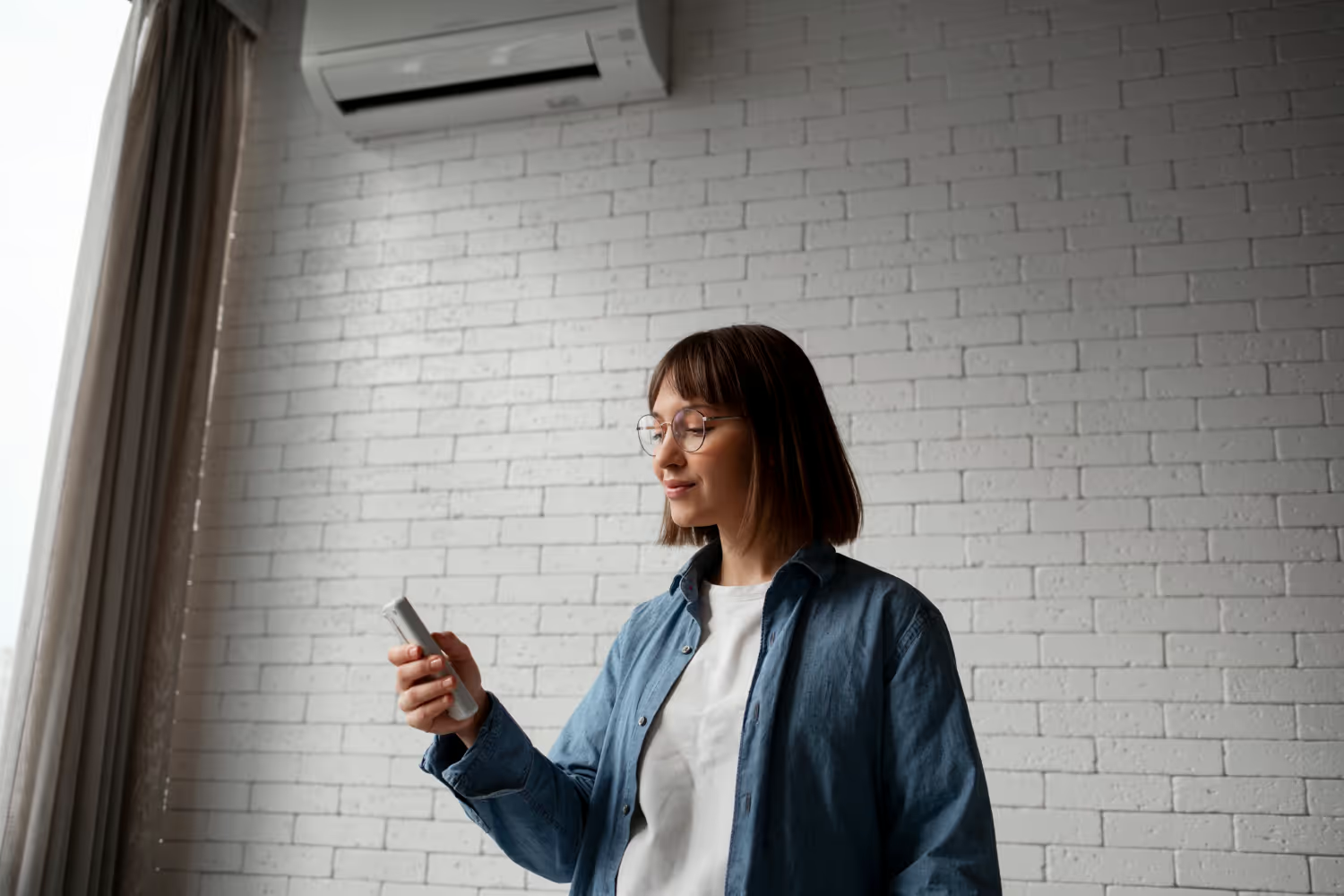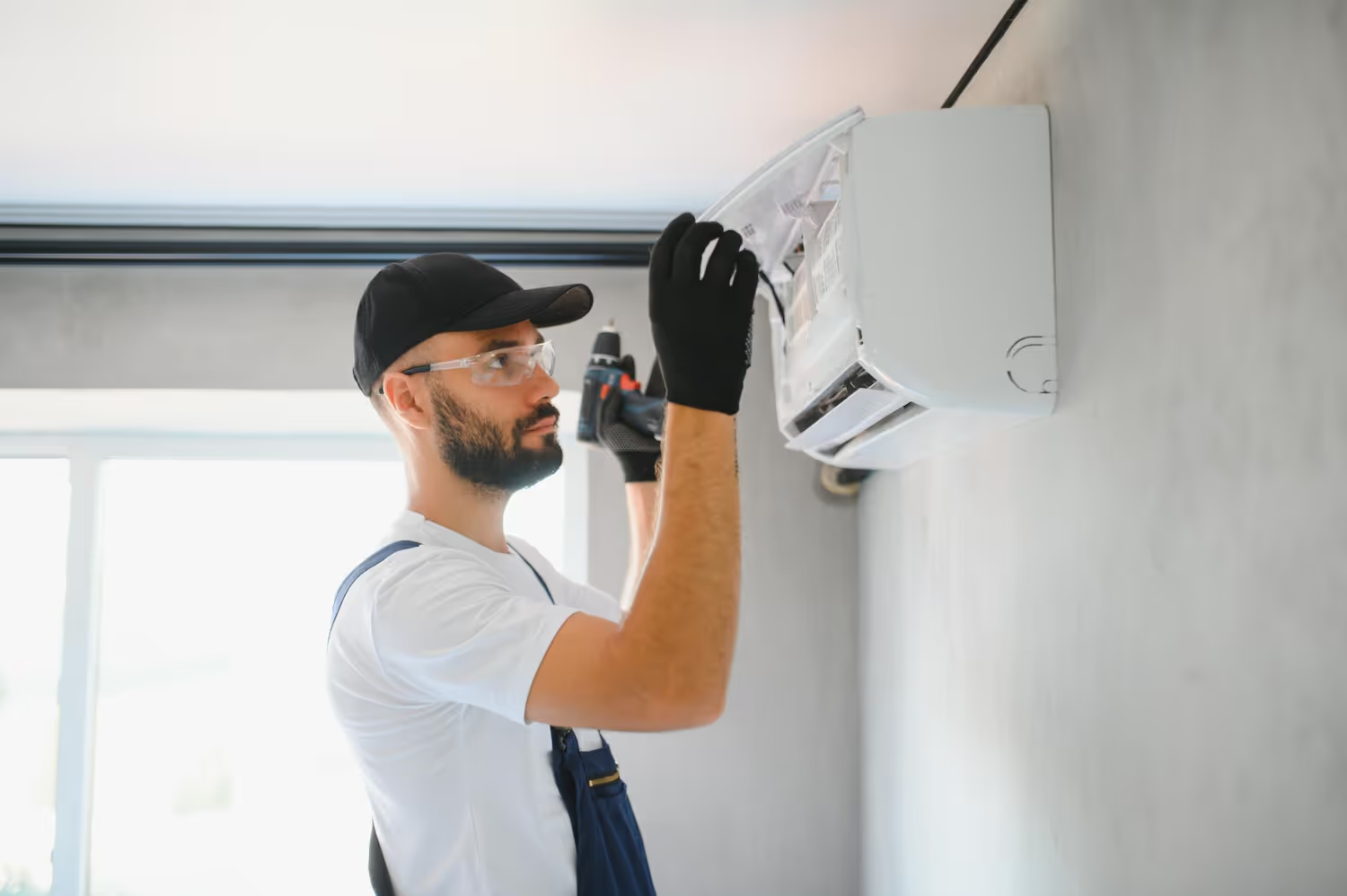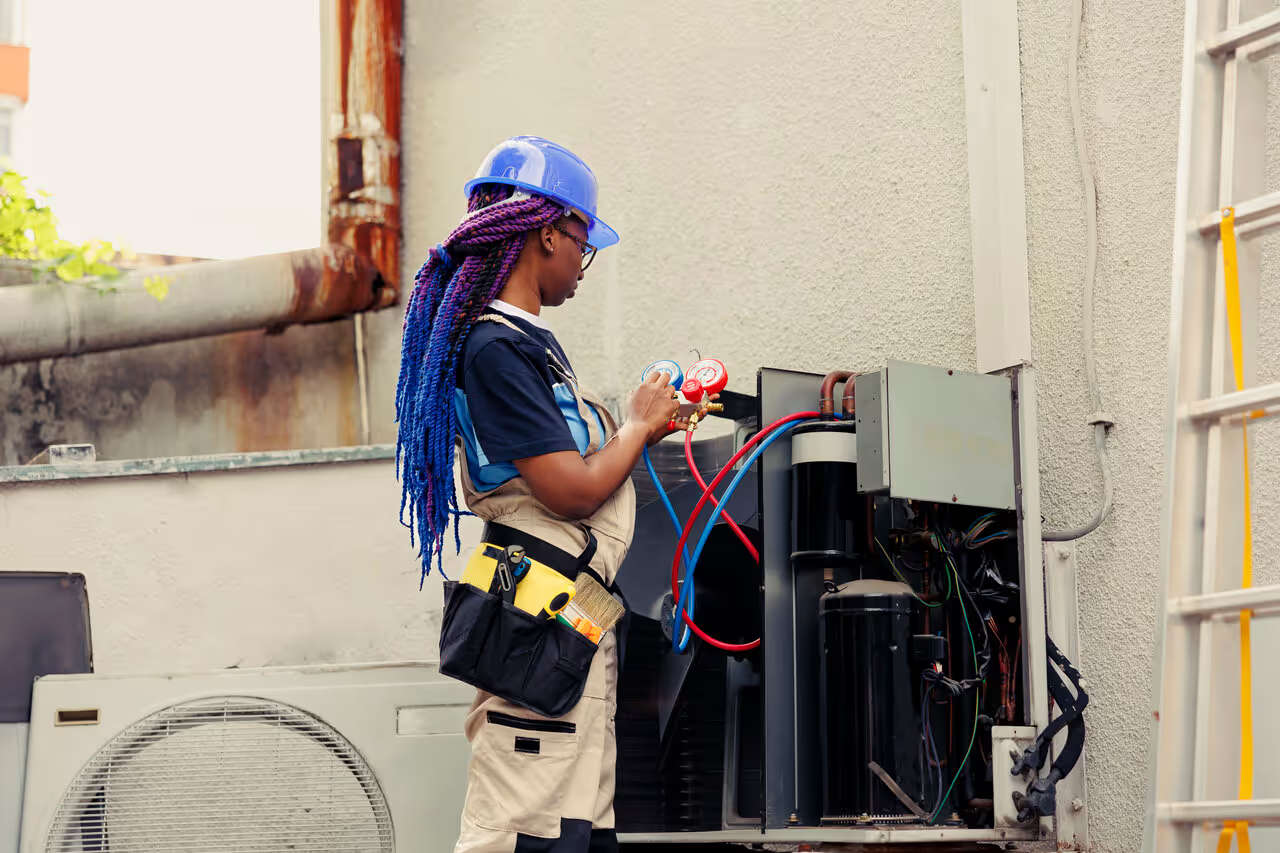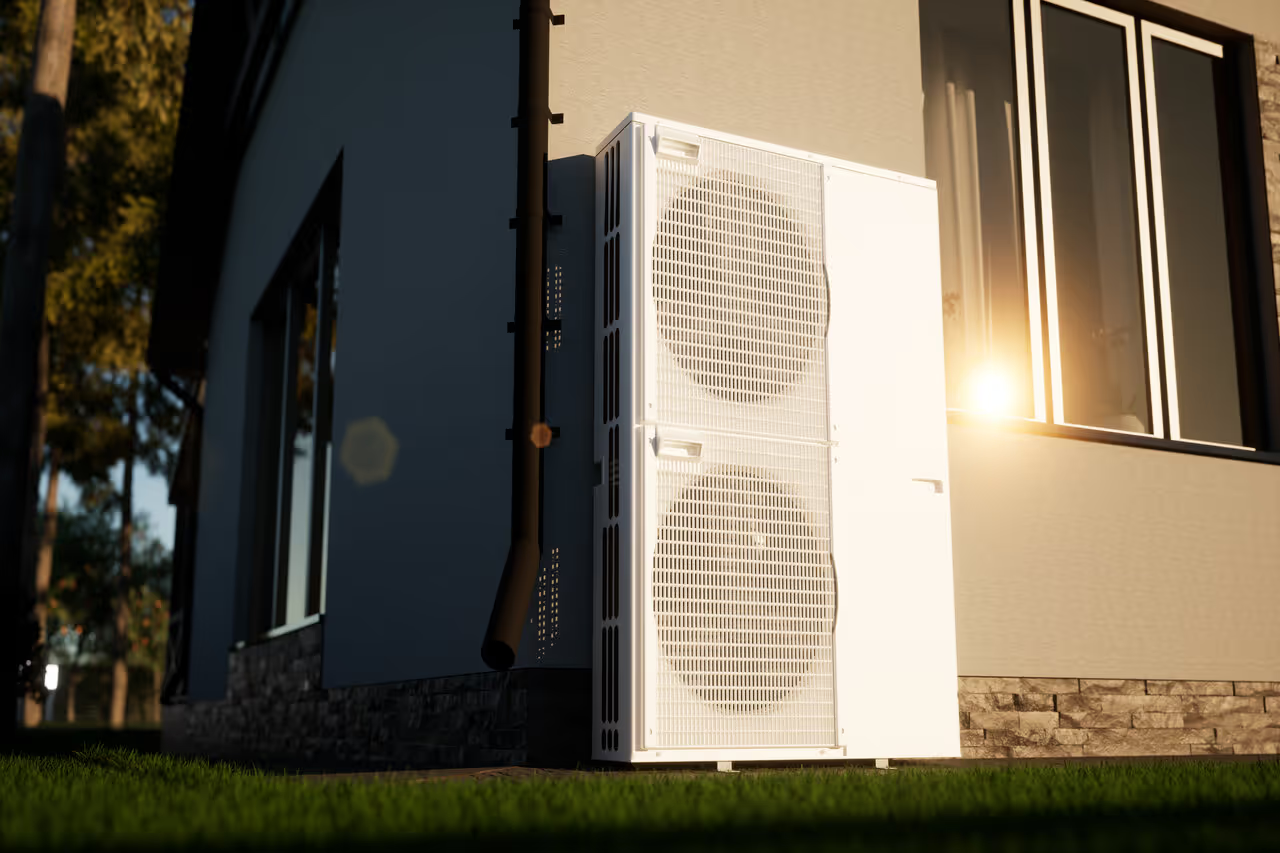Although we may take it for granted nowadays, AC hasn’t always been around. In fact, its widespread use only started roughly 100 years ago in the early 20th century. Through different needs across decades of invention and innovation, we now get to enjoy indoor spaces without the scorching heat of hot summer days.
Early pioneers in cooling
As early as the mid-18th century, people were already trying to figure out how to create artificial cooling. In 1748, William Cullen developed the first refrigeration method by evaporating liquids in a vacuum. This technique demonstrated how efficiently evaporating a liquid into a gas could be for cooling.
In the 1840s, John Gorrie, a Florida doctor, took this idea further to help with his patients’ fever symptoms. His invention, the "ice machine" would compress a gas, which would then be passed through radiating coils and expanded again to lower its temperature even more. Even though this basic principle is the one used in most of today’s refrigerators, Gorrie faced strong opposition and died penniless, unable to popularize his invention due to public skepticism and industry resistance.
The birth of air conditioning systems we know today
The rise of new industries and different production methods in the early 1900s created a new standard for productivity, but it came with its share of problems. For example, Sackett-Wilhelms Lithographic and Publishing Company in Brooklyn struggled with humidity ruining their prints.
Enter Willis Carrier, a young engineer who created a cooling system in 1902 that used cold water and fans to reduce humidity. This not only saved the prints but also made people more comfortable in the printing room.
By 1922, Carrier improved his design and more recently in 2018, the Carrier Corporation recorded $18.6 billion in sales and employed 53,000 people.
Air conditioning in theatres
Air conditioning's big break to the masses came with movie theatres.
Early theatres, or Nickelodeons, were notoriously hot and stuffy. The opposite is true today, with hyper-cool movie theatre rooms because, by 1919, many theatres started adopting Carrier's cooling technology to draw in more patrons.
This innovation made theatres a popular escape from the summer heat and helped air conditioning gain acceptance in everyday American life. Salvatore Basile notes that this shift enabled people to live comfortably even during the hottest months.
275 years for your home comfort
From the mid-18th century to the present day, many ingenious people worked on the same problem: cooling down spaces by creating different devices to lower temperatures. Thanks to them, we now have refrigerators and AC, and thanks to movie theatres, you now get to enjoy AC in your own home.



